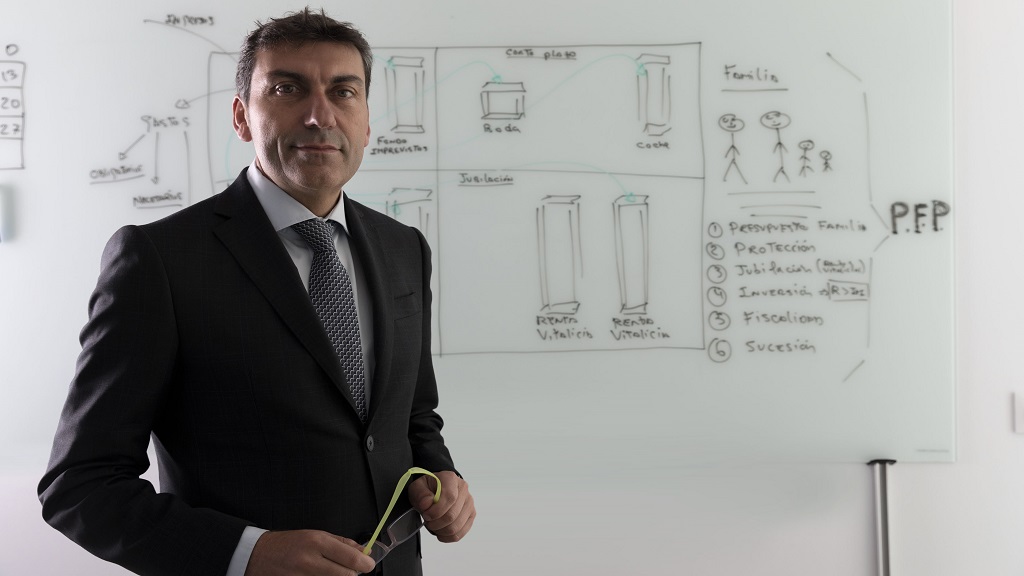
Over the last two decades, home WiFi has grown from a luxury entertainment service to a vital necessity that allows us to work, socialize, shop, and access services and products. In 2022, there is no doubt that WiFi connectivity is essential to our daily lives.
For Communications Service Providers (CSPs), the speed and reliability of their WiFi service defines the residential customer experience. With the rise of the smart home era, connectivity must also be strong enough to reach numerous devices in every corner of customers’ homes. But traditional, centralized WiFi routers are simply inadequate for this level of connectivity. To meet the needs of today’s homeowners, CSPs need an entirely new architecture.
Today’s consumers rely on the Internet for everything from streaming HD and UHD video to managing their smart home lighting systems. But traditional Wi-Fi isn’t always ideal for these ultra-connected environments: wireless interference, congestion, and poor coverage are just some of the hurdles that traditional Wi-Fi networks have to overcome.
Centralized WiFi systems fail to take into account that today’s smart homes require many different connections to work simultaneously, with the same level of consistency and strength in every room, and even outside. Choppy videos, interrupted sessions, and erratic speeds are frustrating for consumers, and even dangerous in the context of vital systems like smart home security alarms or appliances.
WiFi extenders and routers rarely perform as advertised, and mesh-based systems also fall short when it comes to providing customers with all the features and flexibility they need to power their increasingly connected home. These solutions are not only prohibitively expensive, but often fail to deliver on their fundamental promise: consistent, reliable, high-performance coverage.
The tendency to install more powerful hardware in routers is also not optimal: this approach tends to lead to higher costs, larger and unsightly devices, and higher power consumption. And even with these expensive upgrades, improvements to whole-home coverage tend to be marginal at best.
Advantages of adaptive WiFi
Distributed Wi-Fi with numerous access points and smart cloud-based controls is the future of home connectivity. Adaptive WiFi is a way to ensure coverage throughout the home that meets the needs of the modern consumer. This is how this innovative system works:
- Cloud-controlled, easy-to-install, distributed WiFi “nodes” are distributed at strategic locations throughout the home.
- These nodes communicate with a centralized controller to ensure WiFi speed, reliability, and coverage where and when consumers need it.
- The WiFi signal travels dynamically between pods, reducing the distance between access points as well as signal degradation.
- Using intelligent algorithms, the network automatically adjusts its signal to compensate for home size, environment, usage, and bandwidth needs.
Adapt by Plume is a self-optimizing WiFi solution designed for today’s connectivity needs in the home. It offers benefits such as intelligent interference monitoring from neighboring networks, continuously optimized network routing paths, and maximized network capacity.




